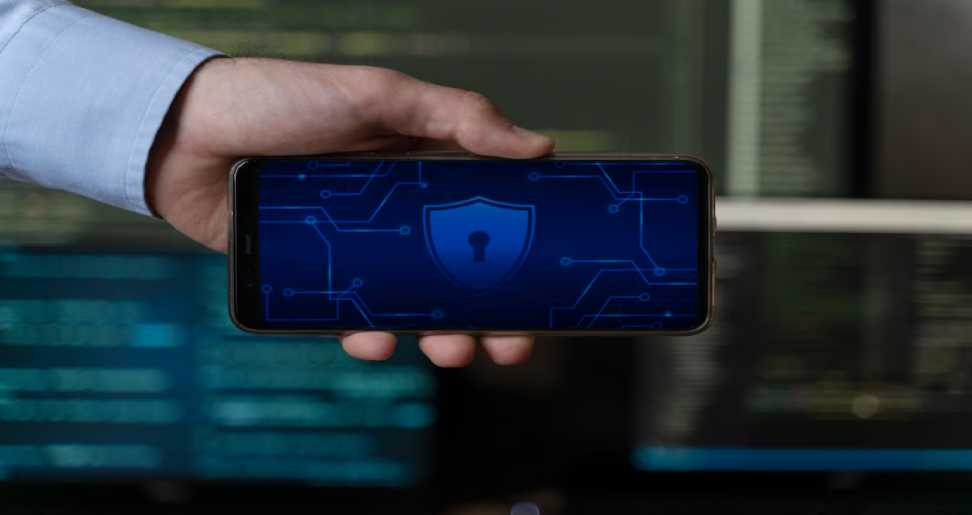In today’s fast-paced world, ensuring your business’s security is more crucial than ever. But what do you do when you already have a system in place? Can you enhance it without starting from scratch? Absolutely. Here’s how to seamlessly integrate new security solutions with your existing setup.
Security systems are the backbone of any business, ensuring safety and peace of mind. For many businesses, existing security systems have been in place for years. However, as technology evolves, so do the methods and tools needed to maintain robust security.
Integrating new security solutions into an existing system can be a challenge, but it’s also an opportunity to enhance protection without overhauling everything. This blog post will guide you through the steps and considerations for integrating new security solutions seamlessly.
Understanding Integration
Integration means combining different systems to work as a cohesive unit. When it comes to security systems, integration allows various components—like cameras, alarms, and access controls—to communicate and function together efficiently. This ensures that your security measures are comprehensive and effective.
Why Integration Matters
Integrating your security systems streamlines operations and enhances overall security. It allows for centralized control, making it easier to monitor and manage all aspects of your security from a single interface. This not only saves time but also reduces the risk of human error.
Key Benefits of Integration
The primary benefits of integrating your security systems include improved response times, enhanced data analysis, and more efficient resource allocation. By having a unified system, you can quickly identify and address security breaches, analyze data trends, and allocate resources more effectively.
Assessing Your Current System
Before you can integrate new solutions, you must understand what you already have. Start by conducting a thorough assessment of your existing security system. Identify its strengths, weaknesses, and areas where new technology could enhance performance.
Conducting a System Audit
A system audit involves reviewing all current security components, their locations, functionalities, and how they interact. This step is critical in identifying gaps and determining what needs to be integrated or upgraded.
Understanding Compatibility
Not all systems are compatible. Understanding the compatibility of your current system with potential new technologies is crucial. This involves checking hardware and software compatibility and ensuring that new components can communicate seamlessly with existing ones.
Choosing the Right Solutions
Once you understand your current system’s capabilities and limitations, the next step is to choose the right solutions to integrate. This involves selecting technologies that complement and enhance your existing setup.
Evaluating New Technologies
When evaluating new technologies, consider factors like ease of integration, scalability, and support. Look for solutions that offer seamless integration with minimal disruptions to your current operations.
Partnering with Experts
Working with security experts can provide valuable insights and recommendations for integration. Experts can help you choose the best technologies and ensure that the integration process is smooth and efficient.
Implementation Process
The implementation process involves installing and configuring new technologies, training staff, and ensuring that everything works together seamlessly.
Step-by-Step Integration
Start by planning the integration process, including timelines and milestones. Install and configure new components systematically, starting with the most critical areas. Test each component thoroughly before moving on to the next.
Training and Support
Training staff on new systems and providing ongoing support is essential for successful integration. Ensure that your team understands how to use new technologies and how they integrate with existing systems.
Testing and Optimization
After integrating new solutions, the next step is testing and optimization. This involves conducting thorough tests to ensure everything works as expected and making necessary adjustments.
Conducting Comprehensive Tests
Conduct comprehensive tests to identify any issues or areas for improvement. This includes testing all functionalities, interactions between components, and overall system performance.
Continuous Optimization
Security is an ongoing process. Continuously monitor and optimize your system to ensure it remains effective. Regularly review performance data, update technologies, and make improvements as needed.
Conclusion
Integrating new security solutions into existing systems can be a complex process, but it’s essential for maintaining robust security. By understanding your current system, choosing the right technologies, and following a systematic implementation process, you can enhance your security measures without starting from scratch.
Businesses, especially those in specific industries like injection molding manufacturer, need to stay ahead of security challenges. Integration is the key to achieving this. With the right approach, you can ensure that your security systems are comprehensive, efficient, and up-to-date.
Final Thoughts
Ensuring your business’s security requires continuous effort and adaptation. By integrating new solutions with your existing system, you can enhance protection, streamline operations, and stay ahead of emerging threats. Start by assessing your current system, choosing the right technologies, and following a careful implementation process. And remember, expert guidance can make a significant difference in achieving seamless integration.
Ready to enhance your security? Contact us to learn more about integrating the latest solutions into your existing setup.
Have a Look :-
- Apple Watch Ultra Review: Overview
- What Is Hurawatch? Is It Safe To Use?
- Express Yourself: Adding Music to Your Facebook Profile

